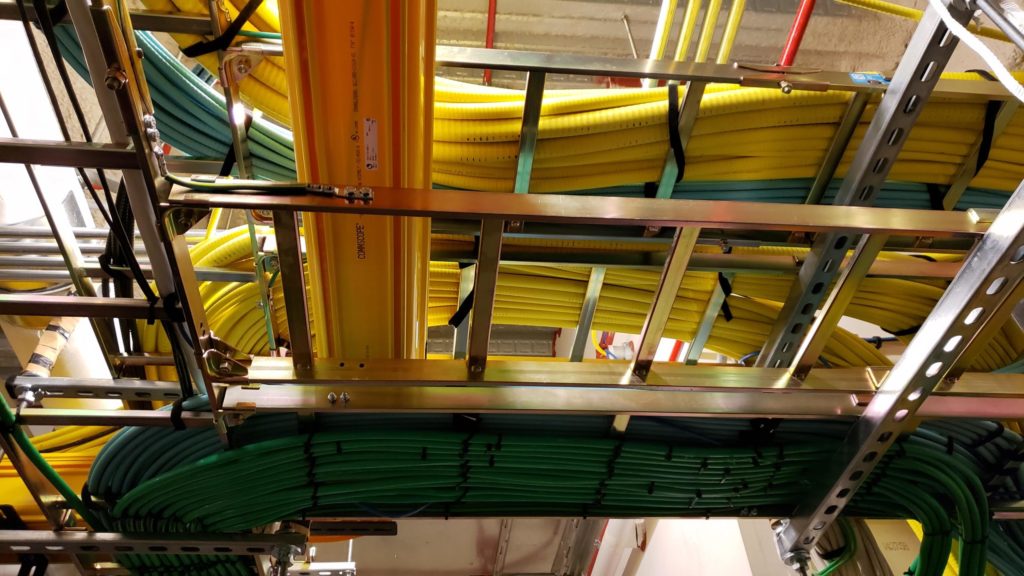Critical power: Low- and medium-voltage electrical systems
1 AIA CES approved LU available for attendees upon successful completion of an exam
There are several reasons to choose one voltage level over another for electrical transmission. First, the requirements of the electrical system must be defined. Voltage is determined by the equipment requiring power. Another reason is the cost. With higher voltage comes less copper for wiring, but more money for electrical equipment.
Low-voltage systems typically serve lighting, fire/life safety systems, receptacles, communication systems and small equipment. Medium-voltage systems serve many different needs in commercial buildings. ANSI C84.1 defines medium voltage as being “a class of nominal system voltages greater than 1,000 volts and less than 100 kilovolts.”
Once the requirements for electrical transmission have been determined, the electrical engineer must design a system that is both safe and effective for the commercial building.
Learning objectives:
- Know the codes and standards that define electrical system design, including NFPA 70: National Electrical Code.
- Understand the basics of a single-line diagram and the items included (transformer, switchgear, electrical panel, fuses/breakers, etc.).
- Learn which products or systems typically fall into a low- or medium-voltage classification.
- Review buildings in which both low- and medium-voltage electrical systems have been included, and their interaction.
Presented By:
Kenneth Kutsmeda, PE, LEED AP, engineering manager, Jacobs, Philadelphia
Yevgeniya (Jane) Baikadanova, PE, associate principal/senior electrical engineer, Page, Washington, D.C.
Moderated By:
Amara Rozgus, Content Manager, CFE Media and Technology
#CSELowMediumElectrical



